What is fluorite?
Fluorite, also called
calcium fluoride, is a common halide mineral. It is a compound whose composition is calcium fluoride, an important mineral for extracting fluorine.
 Fluorite
FluoriteFluorite in nature often shows bright colors, and its hardness is lower than that of knives.
Fluorite also has many uses, such as as a flux for steelmaking and aluminum production, as a catalyst for the manufacture of opal glass, enamel products, and high-octane fuel production.
What are the properties of fluorite?
- 1. Fluorite crystals are vitreous. There are "holes" in the crystal structure of fluorite, which are easily filled by other ions. This structural defect makes fluorite the most colorful stone, because it contains iron, magnesium, copper and other ions, green, purple, yellow, blue, and brown. , orange, pink...... Fluorite can show almost any color;
-
- 2.The Mohs hardness of fluorite is 4;
-
- 3. Specific gravity: 3.18 (the relative density of Y and Ce increases, and the relative density of fluorite is 3.3);
-
- 4. Fluorite is brittle;
-
- 5. The melting point of fluorite is 1360 ° C, and it has the property of complete cleavage.

What are the uses of fluorite?
1. Half of the world's fluorite production is used to manufacture hydrofluoric acid, and then develop and manufacture cryolite, which is used in the aluminum smelting industry. Fluorite is used as the coolant (Freon) in the refrigerator.
2. Another important use of fluorite is the production of hydrofluoric acid. Hydrofluoric acid is produced by the reaction of acid grade fluorite (fluorite concentrate) with sulfuric acid in a heating furnace or tank. It is divided into anhydrous hydrofluoric acid and anhydrous hydrofluoric acid, both of which are colorless liquids. , volatile, has a strong irritating odor and strong corrosiveness.
3. In the aluminum industry, hydrofluoric acid is used to produce aluminum fluoride, artificial cryolite, sodium fluoride and magnesium fluoride. In the aviation and aerospace industries, hydrofluoric acid is mainly used to produce jet liquid propellants and missile jet fuel propellants.
4. Hydrofluoric acid is the basic raw material of organic fluorine chemical industry. It interacts with chloroform and carbon tetrachloride to produce fluorinated chlorocarbons and fluorocarbons with low toxicity and high chemical stability. Sol accelerators, intermediates for solvent polymers and fluorocarbon resins and elastomers.
5. Hydrofluoric acid reacts with carbon tetrachloride to make Freon (usually represented by F). In addition to being used as a refrigerant, Freon is also widely used in sprays, fire extinguishing agents, and fluoroplastics.
6. In medicine, fluoroorganic compounds can also be used to manufacture fluorochemical anticancer drugs, fluorocortisone, fluorocarbon artificial blood, artificial heart and bone. In the inorganic fluorination industry, pesticides, preservatives, protectants, additives, fluxes and antioxidants can be produced.
7. Fluorite is also widely used in glass, ceramics, cement and other building materials industries, and its consumption ranks second in my country. In the glass industry, fluorite is added as a flux and opacifier, which can promote the melting of glass raw materials.
8. In cement production, fluorite is added as a mineralizer. Fluorite can reduce the sintering temperature of the charge, reduce fuel consumption, and at the same time increase the liquid phase viscosity of the clinker during sintering, and promote the formation of tricalcium silicate.
9. In the ceramic industry, fluorite is mainly used as enamel, which can play the role of color and flux in the production process of enamel. For example, after adding fluorite to red enamel, the color can be bright and bright, and the amount of fluorite added in the enamel of ceramic production is generally about 10% to 20%. Also involved in the manufacture of enamel products.
10. Fluorite is also used in enamel industry and cast stone production, and its addition amount is 3% to 10% and 3% respectively.
What are the fluorite mineral powder grinding mill machines?
Fluorite mineral powder grinding mill machines are the pulverizers that grind fluorite ore into 30-3000 mesh fluorite powder.
According to the fineness of the processed fluorite powder, there are mainly the following four categories:
- 1.European Version Coarse Grinding Mill: 0-3 mm
- 2.Raymond Mill: 35-400mesh fine powder making
- 3.HGM Ultrafine Grinding Mill: 150-2500 mesh ultrafine powder making
- 4.CLUM Ultrafine Vertical Grinding Mill: 400-3000 mesh superfine powder making
1. European Version Coarse Grinding Mill: coarse powder making

European version coarse powder mill
Maxing Feeding Size: 80 mm
Ouput Size: 0-3 mm
Capacity: 8-100 t/h
Advantages: European Version Coarse Grinding MIll is generally used after jaw crusher, impact crusher or hydraulic cone crusher.
Because the feeding particle size of European version coarse grinding is between 30-50mm, and the discharging particle size is adjustable in the range of 0-3mm, 0-5mm and 0-8mm.
The production capacity can reach up to 100 tons per hour. Uniform discharge and considerable output.
2. Raymond Mill: fine powder making
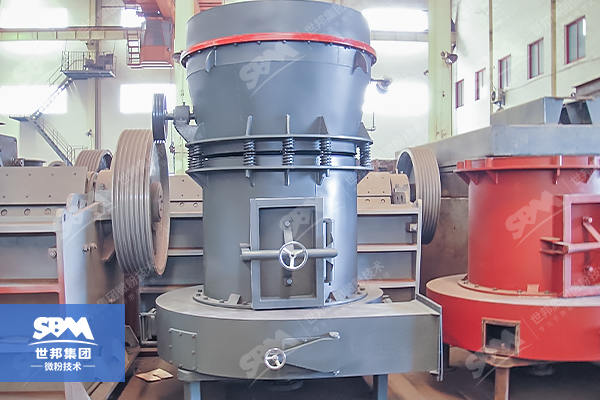
YGM High Pressure Raymond Roller Grinding Mill
Maxing Feeding Size: 40 mm
Ouput Size: 613-33 micron (35-400mesh)
Capacity: 1-25 t/h
Applicable materials: Pumice, Calcium carbonate, limestone, kaolin, limestone, calcite, marble, talcum, barite, gypsum, dolomite, bentonite mud, mica
Advantages: Raymond mill is a cost-effective fine powder processing equipment. Easy to operate and efficient.
3. HGM Ultrafine Grinding Mill: ultrafine powder making

HGM Ultrafine Powder Grinding Mill
Maxing Feeding Size: 20 mm
Ouput Size: 74-5 micron (150-2500 mesh)
Capacity: 0.5-45 t/h
Applicable materials: Pumice, Calcium carbonate, limestone, kaolin, limestone, calcite, marble, talcum, barite, gypsum, dolomite, bentonite mud, mica, etc.
Advantages: HGM ultra-fine grinding is very different from Raymond grinding in structure. It adopts a multi-ring, layered grinding structure. Due to its multi-ring, multi-roller structure, it is possible to process finer powders and at the same time be more efficient.
4. CLUM Ultrafine Vertical Grinding Mill: superfine powder making
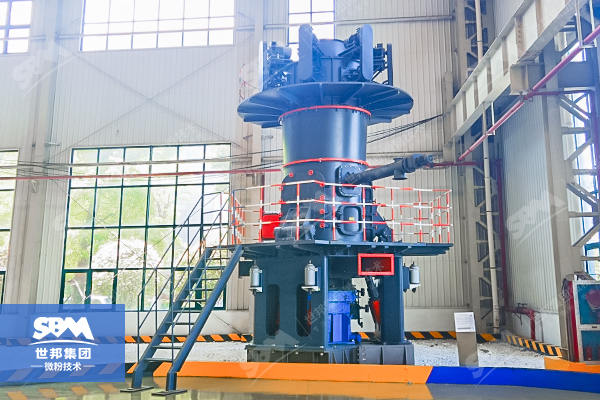
CLUM Ultrafine Powder Vertical Roller Mill
Maxing Feeding Size: 10 mm
Ouput Size: 74-5 micron (400-3000 mesh)
Capacity: 0.5-5.5 t/h
D97 < 4μm
D50 < 2μm
Applicable materials: pumice, calcite, marble, limestone, dolomite, barite, talc, kaolin, wollastonite, gypsum, feldspar, pyrophyllite etc.
Advantages: Compared with HGM series ultra-fine mill, CLUM series ultra-fine vertical mill produces higher ultra-fine powder content, better powder particle size, less impurities, and higher ultra-fine powder output. It is more suitable for industries with high requirements on powder.
WHO WE ARE?
SBM Ultrafine Powder Technology Co., Ltd. is one of the premier manufacturers for equipment in the mining, grinding, coating,packing, recycling and process industries.
With SBM Ultrafine Powder Technology unique knowledge and innovative solutions, SBM helps many customers improve their operational efficiency, reduce risks and increase profitability.
SBM Ultrafine Powder Technology products can be divided into
crushing equipment, grinding equipment, drying equipment, screening equipment, conveying equipment and
auxiliary equipment.
SBM Ultrafine Powder Technology products have passed the quality system certification of ISO9001:2008, and the European CE certificate.
SBM sincerely welcome local distributors join us together to shape SBM Ultrafine Powder Technology brand and delivery high value-added equipment products in the global market around world.
SBM Ultrafine Powder Technology is an international high-tech enterprise which integrates the research and development, production and sales.
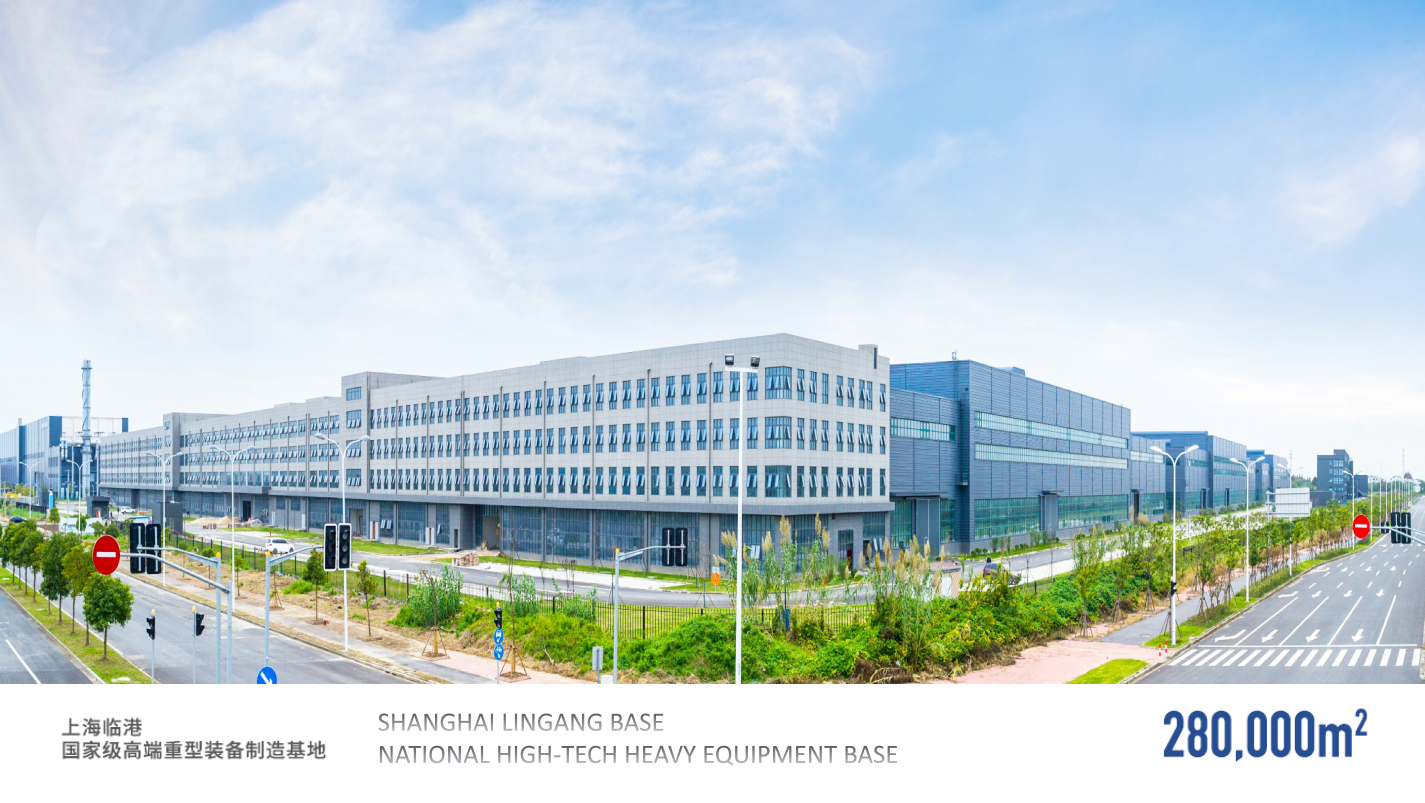
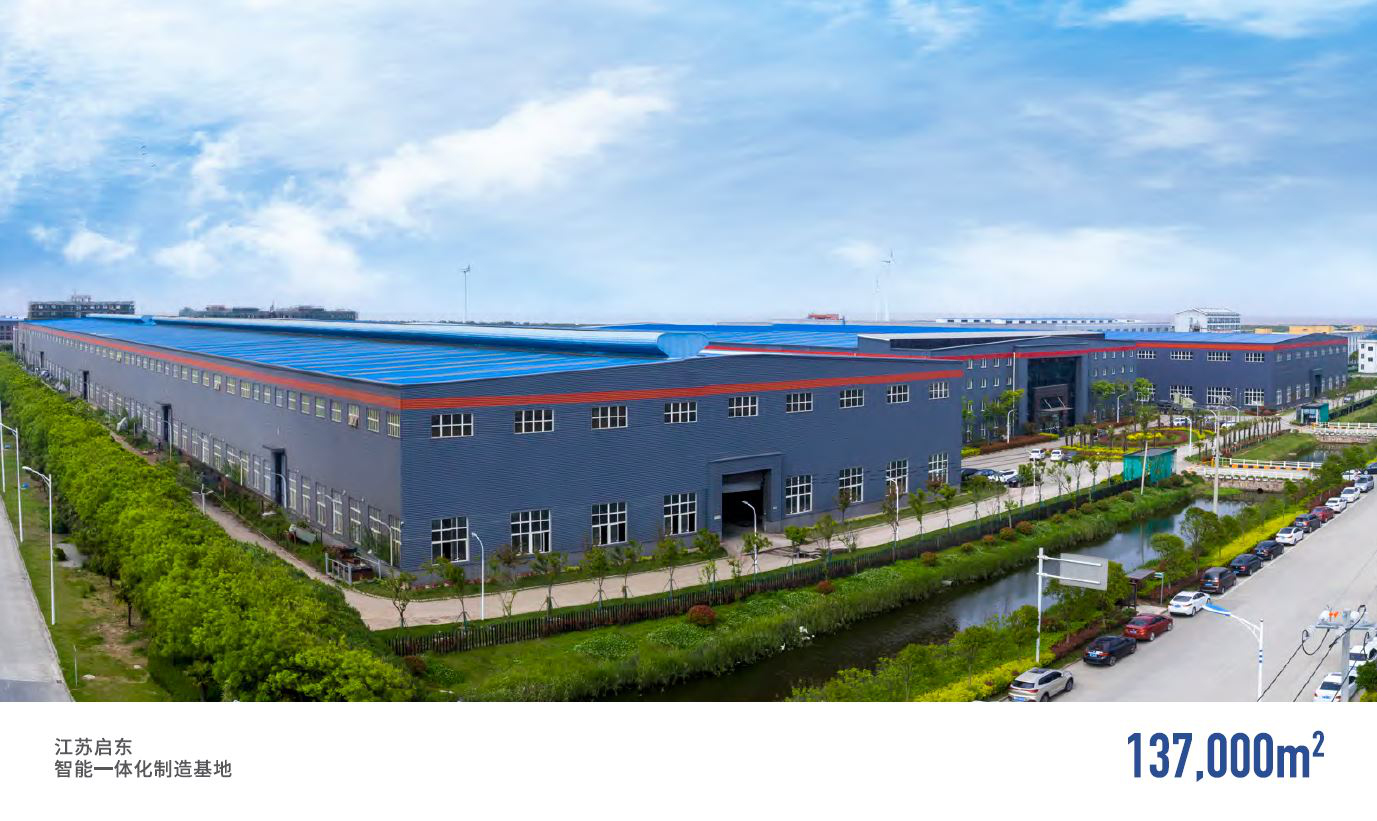
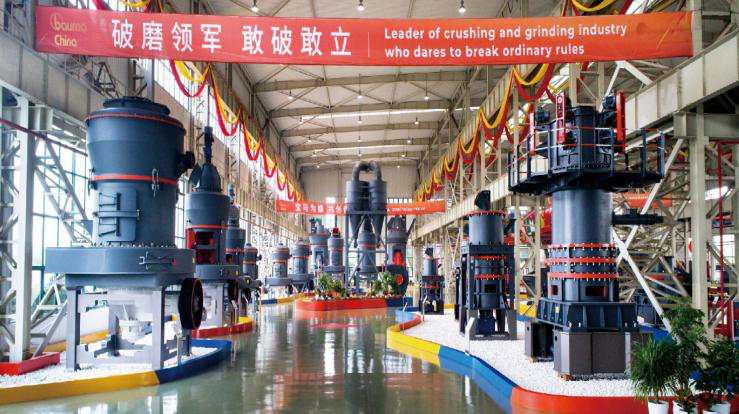
HOW TO BUY?
- 1. Engineering project design
- 2. Equipment purchasing and manufacturing
- 3. Engineering project construction
- 4. Installation and Commissioning service
- 5. After-sales service
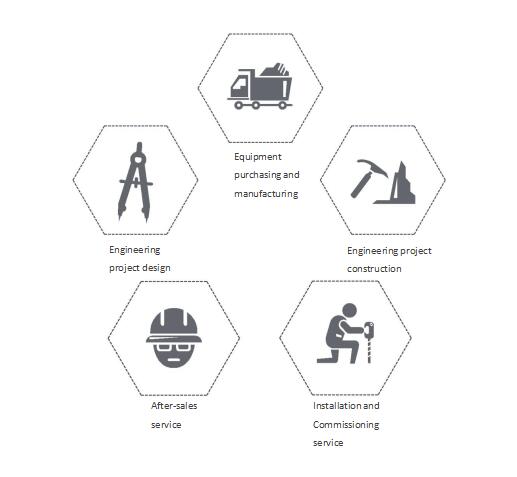
WHICH MODELS CAN BE SELECTED FOR PROCESSING ULTRA-FINE POWDER?
HGM grinding mill: 74-5 micron(200-2500 mesh); D97=5 micron
YGM Raymond mill: 613-33 micron(30-325 mesh); D90=30 micron
CLUM vertical roller mill: 20-5 micron(600-3000 mesh); D50=2 micron D97=4 micron
HOW TO GET THE LATEST QUOTATION?
You can leave a message online or contact
SBM Ultrafine Powder Technology directly:
WhatsApp: +8613512155195









